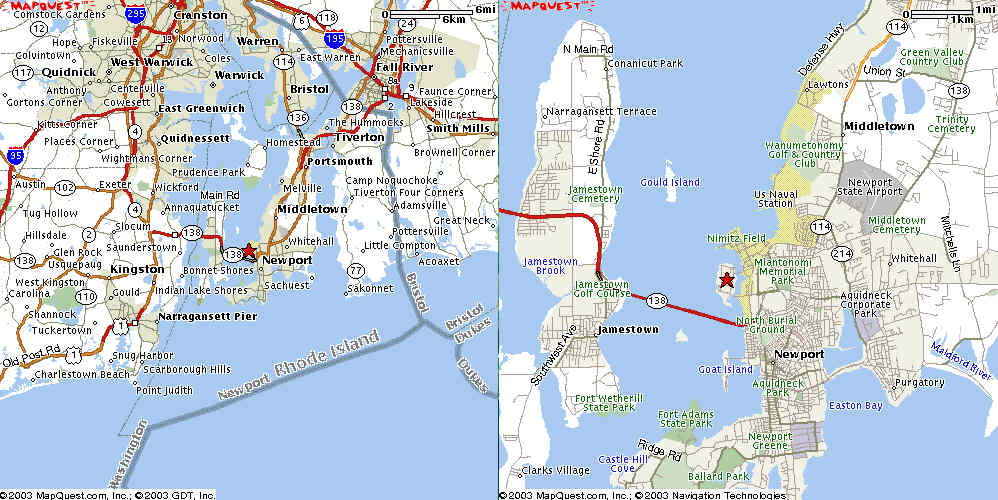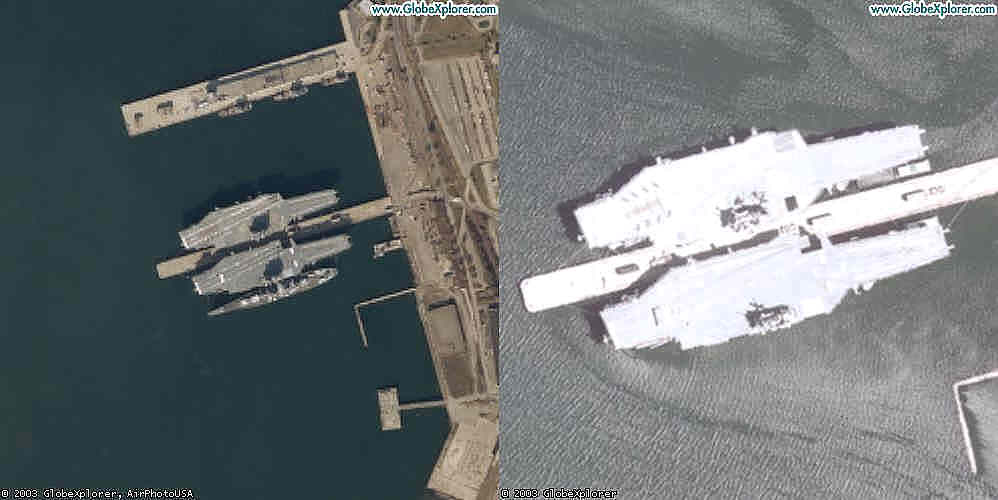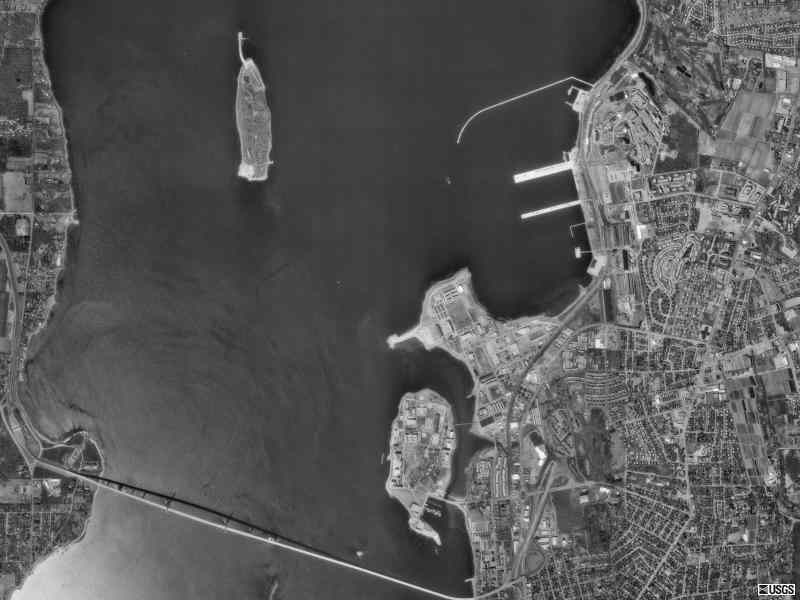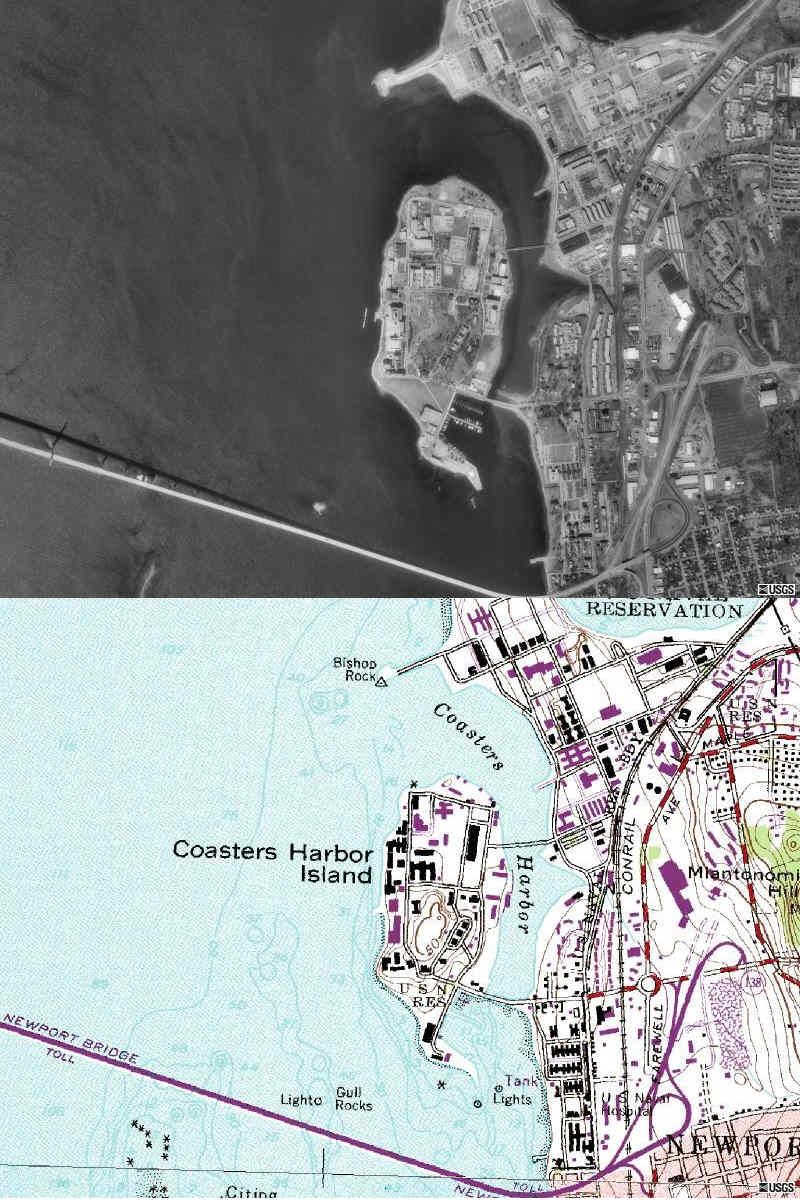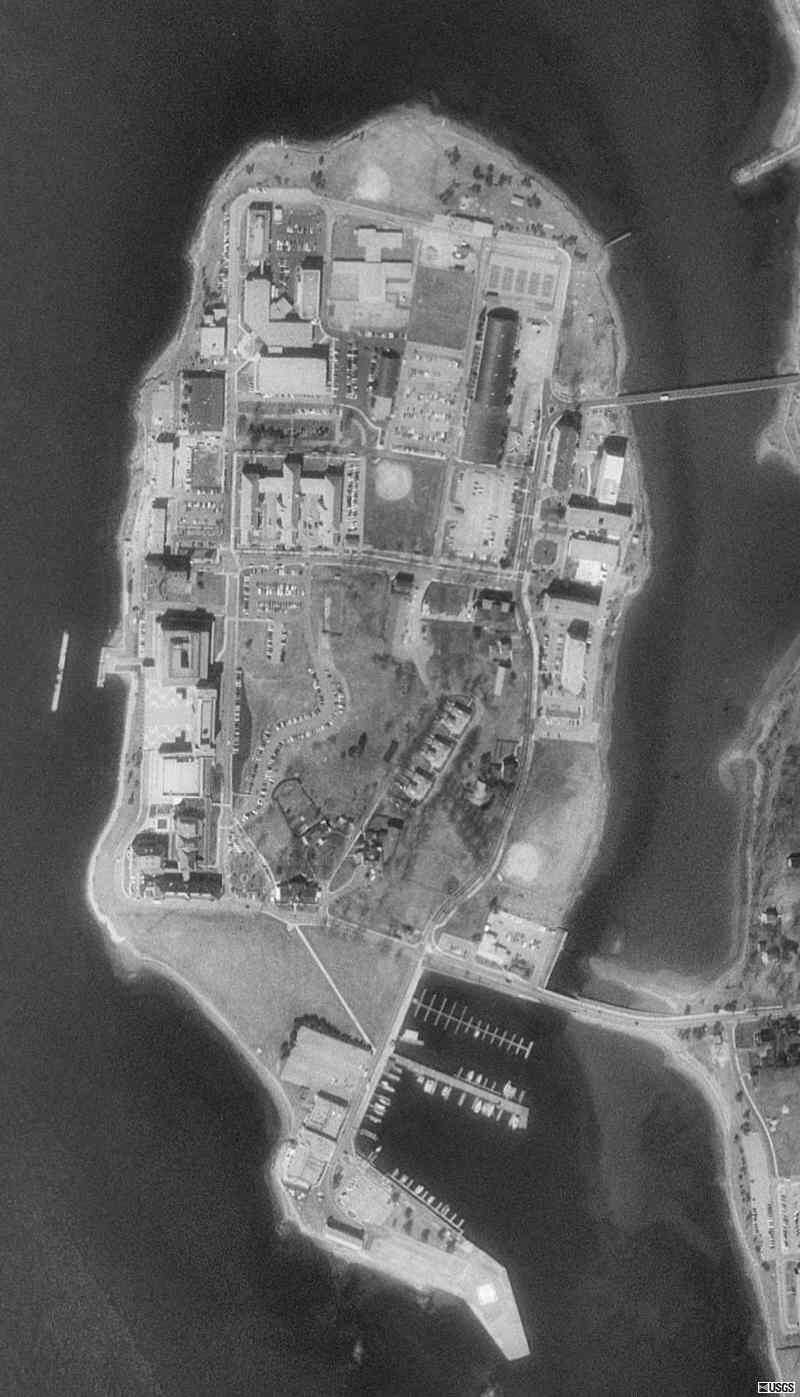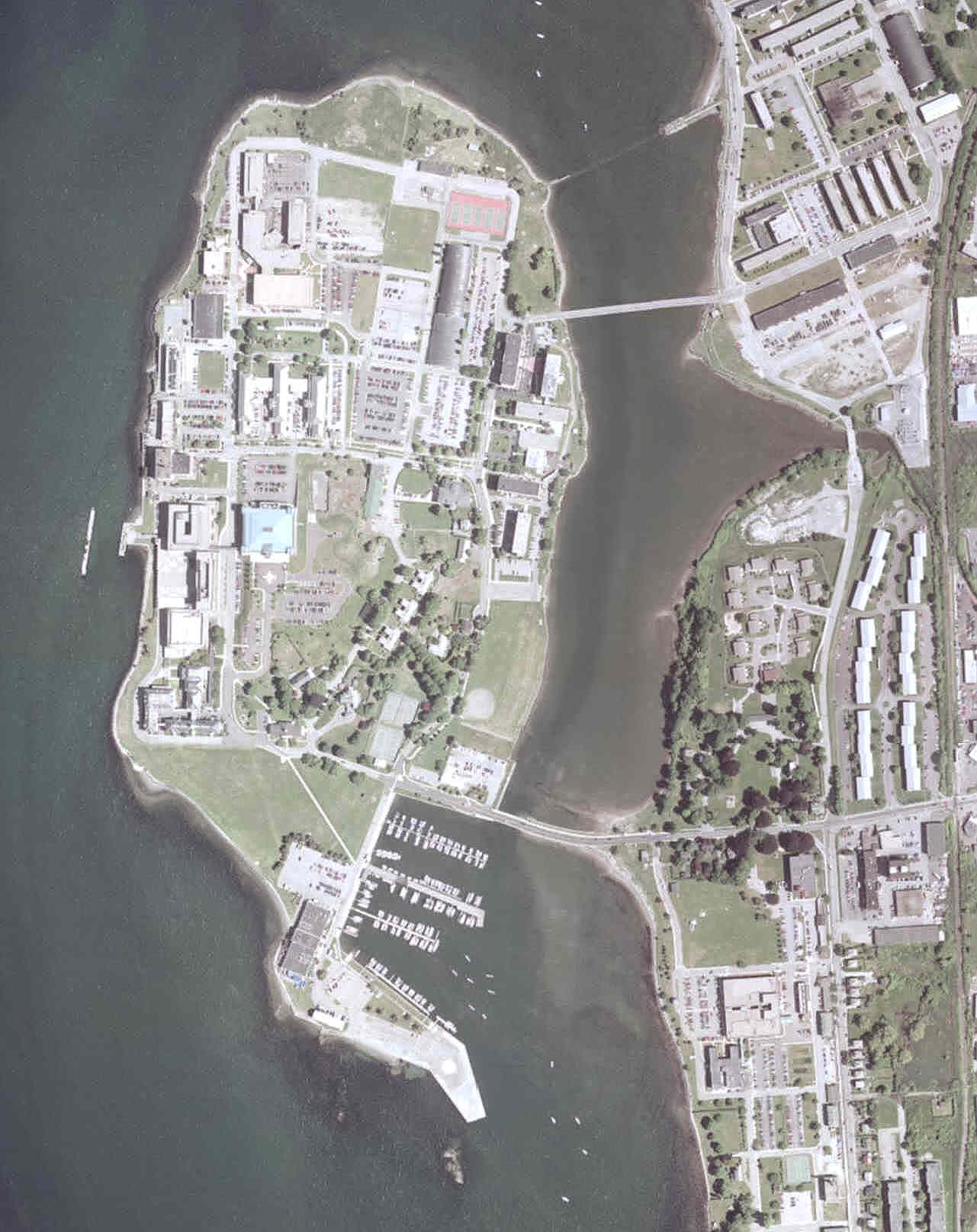http://www.nwc.navy.mil/aboutnwc/history.htm
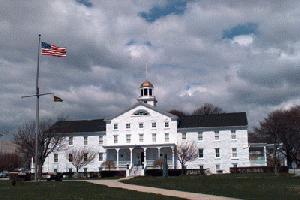
ON OCTOBER 6, 1884, SECRETARY OF THE NAVY William E. Chandler signed General
Order 325, which began by simply stating: “A college is hereby established
for an advanced course of professional study for naval officers, to be known
as the Naval War College.” The order went on to assign “the principal
building on Coaster's Harbor Island, Newport, R.I.”—the Newport
Asylum for the Poor, built in 1820—to its use and “Commodore Stephen
B. Luce . . . to duty as president of the college.” Such were the humble
beginnings of what is now the oldest continuing institution of its kind in
the world.
http://www.nwc.navy.mil/academics/geninfo.htm
Organization
To carry out its dual mission, the Naval War College is organized to pursue
and integrate both academic and research endeavors. Academically, the
faculty is divided into three teaching departments—Strategy and Policy,
National Security Decision Making, and Joint Military Operations—under
the Dean of Academics, who also directs the interdepartmental Electives
Program. Research activities are drawn together in the Center for Naval
Warfare Studies. The student body is subdivided into four resident
colleges and one nonresident college:
-
College of Naval
Warfare—Senior-level resident school attended by senior-grade
officers from all five U.S. military services and civilians from a number
of U.S. government agencies.
-
College of Naval Command and
Staff—Intermediate-level resident school attended by mid-grade
officers from all five U.S. services and civilians from a number of U.S.
government agencies.
-
Naval Command
College—Senior-level resident international school attended
by senior-grade naval officers from some thirty-five nations annually.
-
Naval Staff
College—Intermediate-level resident international school attended
by mid-grade naval officers from some thirty-two nations per class.
-
College of Continuing
Education—Intermediate-level nonresident school intended to
extend the Naval War College program to U.S. officers and eligible civilian
employees of the Department of Defense who are unable to attend resident
courses. Two academic programs, designed to parallel to the maximum
degree possible the resident College of Naval Command and Staff, have been
established: a Nonresident Seminar Program and a Command and Staff Correspondence
Program.
Core Curriculum
The Naval War College curriculum is based upon three core courses of study:
Strategy and Policy, National Security Decision Making, and Joint Military
Operations, in addition to which there is a multidisciplinary Electives Program.
Courses in each of these four areas are designed to provide depth
and perspective to the study of conflict, its causes and resolution.
Strategy and
Policy
The courses offered by the Strategy and Policy Department are designed to
teach students to think strategically. The theory and application of
warfare from the time of Athenian sea power through the present are studied,
and a set of strategic themes—the most central being the relationship
between a nation's policy ends and the way in which its military means are
used in pursuit of those ends—are considered.
National Security Decision
Making
National Security Decision Making Department courses are uniquely designed
for the military and civilian DOD executive considering the economic, political,
and military factors common to decision making in the national security
arena. Case studies exploring major contemporary nuclear, conventional,
and contingency force-planning issues challenge students to develop personal
frameworks for integrating the many oftentimes competing demands involved
in planning, choosing, and obtaining future military forces.
Joint Military
Operations
Courses offered by the Joint Military Operations Department focus on the
planning and conduct of joint and combined military operations in support
of national and alliance strategic goals. Stress is placed on operational
and effective planning processes and concepts used in the employment of military
forces across the full spectrum of conflict. The operational level
of war is examined through the use of real-world case studies and war gaming.

